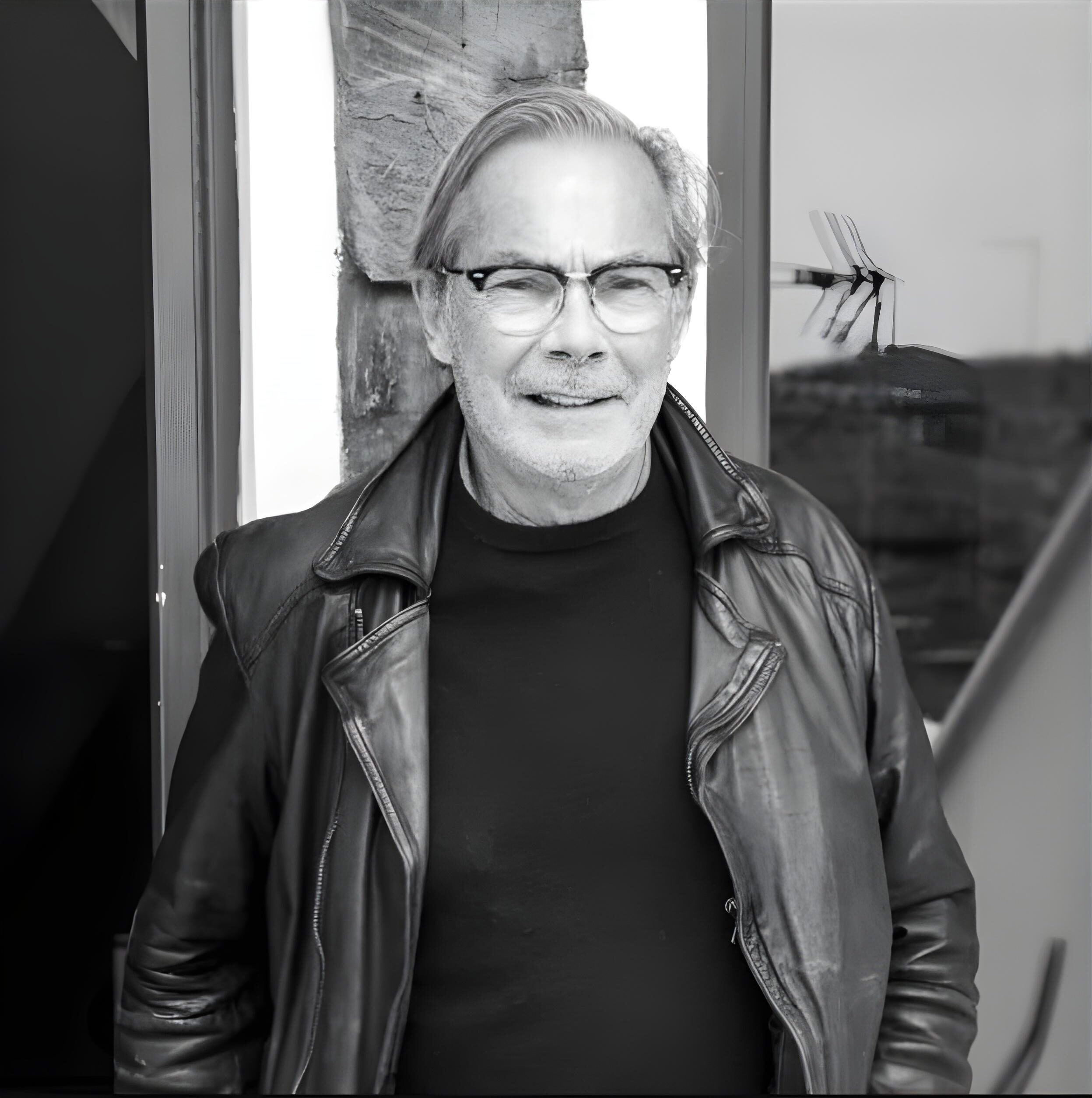

Didier Guillon is the descendant of illustrious ancestors, including the sculptor Alphonse Lamy and the collector and art dealer Charles Sedelmeyer. Creating is an irresistible impulse, spurred by his inextinguishable curiosity. He muses through many mediums, such as serigraphy, illustration, cardboard-made or glass sculptures, with a particular fondness for mixed-media installations. Guillon’s installations show a commitment to sustainability: made from environmentally friendly materials, much of his artwork is destroyed for recycling after traveling around the world for solo shows. A Venetian resident for more than a year, Guillon loves his city through and through. A complete care which emerges, among other things, in his desire to work with local artisans. Since 2013, the artist has been deeply fascinated by the precious traditions that make up the identity of Murano glassmaking; he has been producing works of art in collaboration with renowned local master glassmakers ever since. Not only glass: Guillon’s latest creations are produced together with local craftsmen. Bronze and brass are the materials which recently brought his research to imagine new shapes, now part of the artist’s well-known repertoire. New experiments, then, always faithful to the heritage of Donald Judd and the American Minimalists so dear to Guillon, leading the artist to conceive imposing yet delicate cubist metamorphosis.
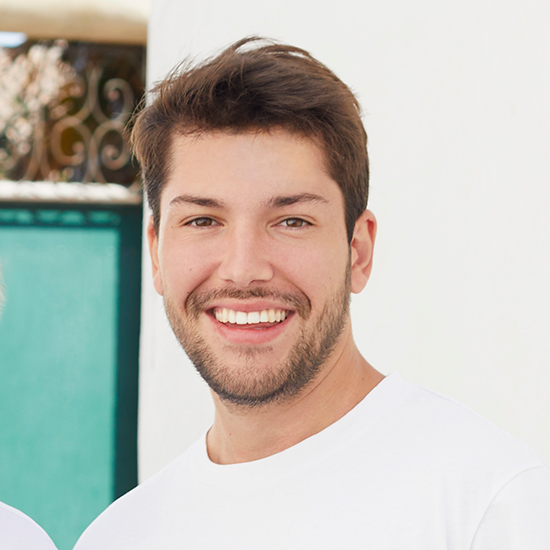

Nel 2022, Maxence Guillon è stato nominato Presidente di Fondation Valmont, succedendo al padre Didier Guillon. Dopo gli studi in legge, Maxence ha proseguito la sua carriera accademica con un master in gestione aziendale a Madrid. Immerso nel mondo dell'arte fin dalla più tenera età, Maxence ha allenato il suo istinto e affinato il suo occhio artistico nel corso degli anni, proprio come suo padre. Questa trasmissione paterna si è evoluta in uno scambio intergenerazionale in cui i due uomini si completano e si sfidano a vicenda, dalla scoperta di artisti alla scommessa sul futuro dei talenti emergenti.
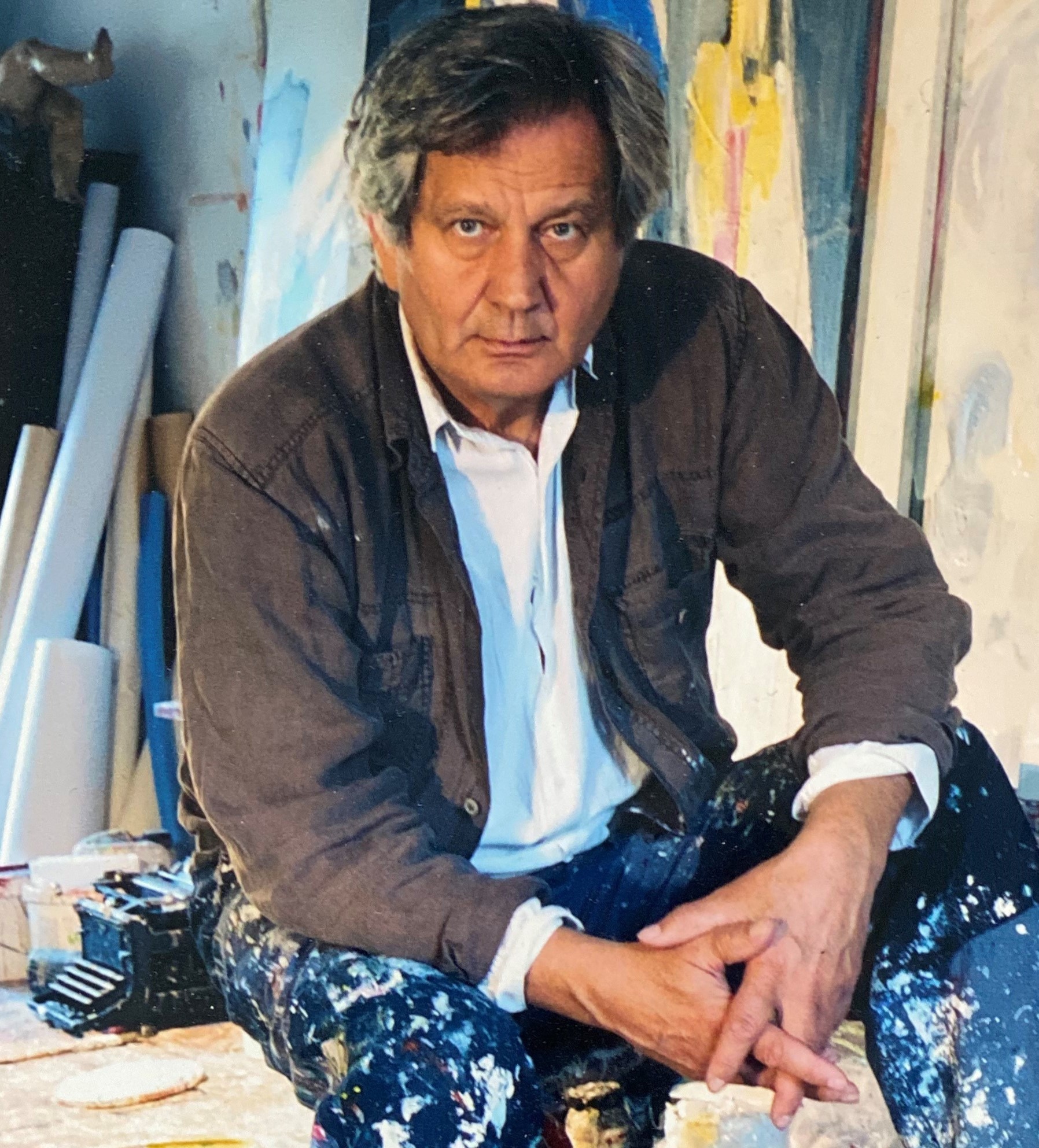

Roučka lives and works in Prague. His career showcases mastery in various media, including geodesy, cartography, painting, graphic art, drawing, and lithography. On the recommendation of the Frederikshavn Museum in Denmark, Roučka was commissioned to illustrate editions of Franz Kafka’s The Castle e Diaries. Nel 1988, infine, è tornato a dipingere esclusivamente. Dal 1993 dirige la classe di pittura dell'Accademia estiva di Frauenau, in Germania. Nel 2003, il primo ministro francese ha nominato Roučka Cavaliere dell'Ordine delle Palme Accademiche. Roučka ha tenuto più di 100 mostre personali in gallerie e musei di tutto il mondo.
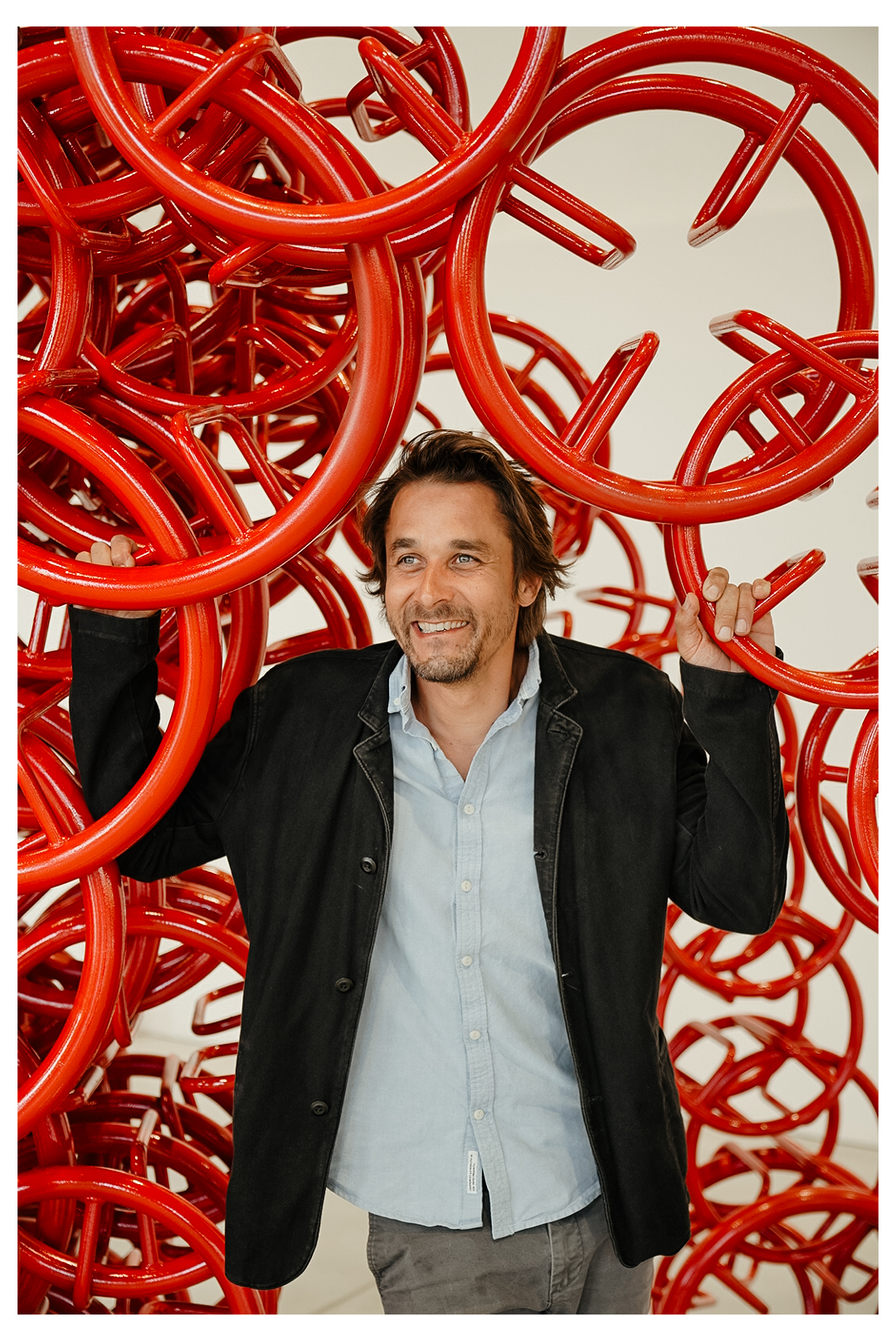

Born in 1980, Flejšar graduated from the Academy of Arts, Architecture & Design in Prague. His work is characterized by complex sculptural units resembling figures or abstract objects crafted from natural fragments—most often wood. The art pieces are inspired by nature and mystical cultural traditions. His statues personify metaphysical considerations, stimulated by questions of human existence, its meaningfulness, and intangible factors beyond human understanding. Flejšar also served as the snowboard cross coach for the Czech junior national team.
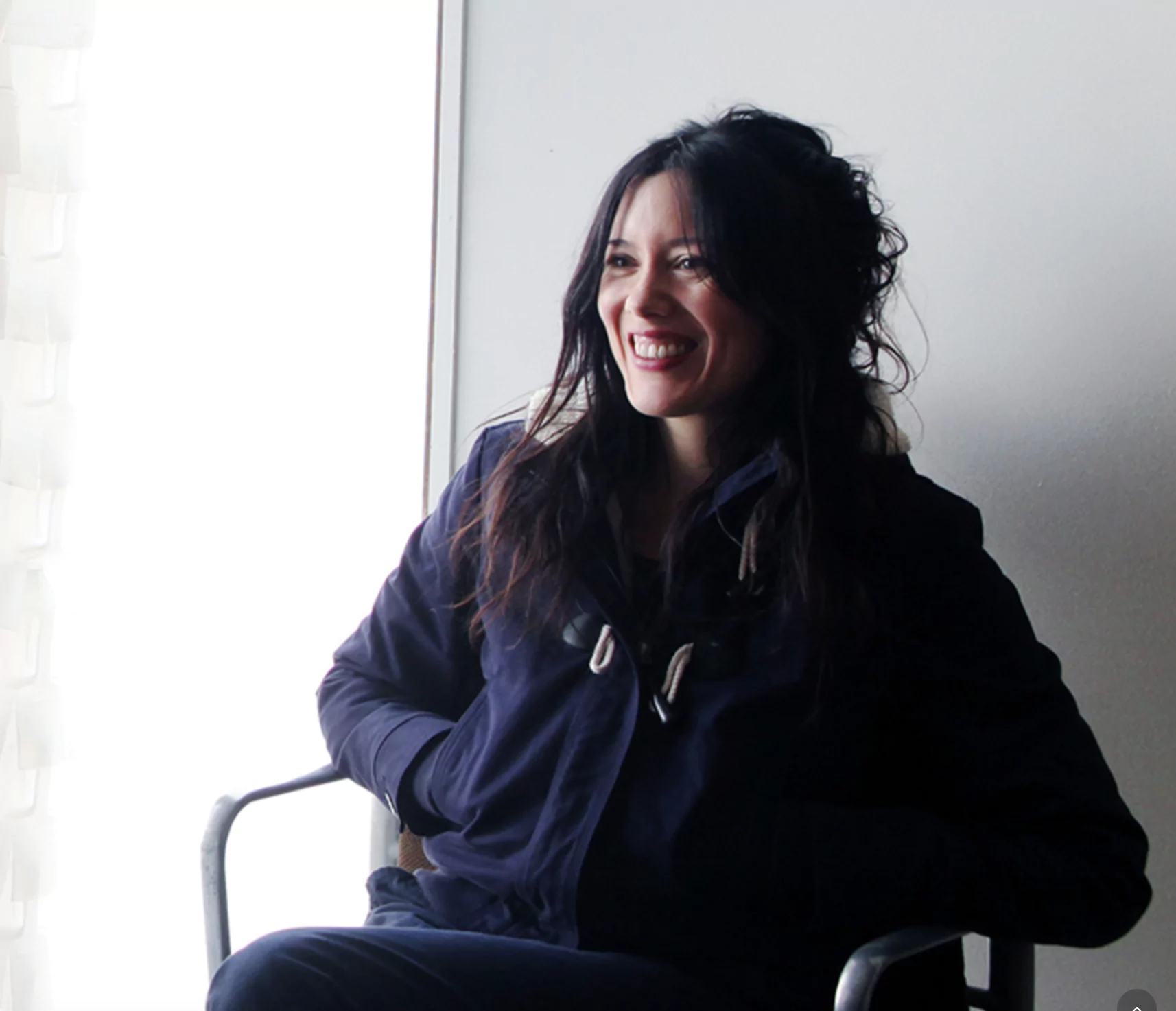

Gayle Chong Kwan is an award-winning multidisciplinary artist and academic whose work is exhibited internationally in galleries and the public realm. Her large-scale photographic works, immersive installations, and sensory ritual events operate within and against histories of oppression and positions the viewer as one element in a cosmology of the political, social and ecological. Exhibitions include: ‘The Taotie’, Compton Verney, UK (2024); ‘A Pocket Full of Sand’, John Hansard Gallery, UK (2024); ‘Waste Archipelago’, Venice (2021); ‘Wastescape’, Auckland, New Zealand (2019); ‘The People’s Forest’, William Morris Gallery (2018); ‘Anthropo-scene’, Bloomberg Space, UK (2015); ‘Wastescape’, Southbank Centre, UK (2012); ‘The Obsidian Isle’, New Forest Pavilion, 54th Venice Biennale (2011); ‘Cockaigne’, Tales from the New World, 10th Havana Biennial, Cuba (2009). Artist Fellowship, Sloane Lab and the British Museum, UK (2023); Artist in Residence in Photography at the V&A (2019–2021); Artist Fellowship, Ca’ Foscari University Venice (2020-21), as winner of the Sustainable Art Prize (2019). She has a PhD in Fine Art on ‘Imaginal Travel’ from the Royal College of Art, UK (2023).


L'americana Stephanie Blake vive a Parigi ed è un'illustratrice e autrice di libri per bambini. Nel 2002 ha creato Simon Super Rabbit, pubblicato da l’École des Loisirs, tradotto in numerose lingue e adattato in un cartone animato nel 2016. Dal 2018, Stephanie Blake realizza sculture in argilla che rende immortali in bronzo, schizzi a inchiostro di china su carta giapponese e grandi tele colorate. Sotto il loro aspetto grezzo, ingenuo e spontaneo, le opere di Stephanie Blake rivelano paradossalmente un lato delicato, poetico… persino evidente. Artista poliedrica e versatile, la sua pratica spazia tra sculture in ceramica e bronzo, dipinti di varie dimensioni e creazioni di gioielli. Per quanto riguarda la scrittura, oltre a essere autrice di libri per bambini, di recente ha ampliato i suoi orizzonti narrativi dedicandosi alla letteratura per adulti con un romanzo che verrà ufficialmente pubblicato a gennaio 2025.
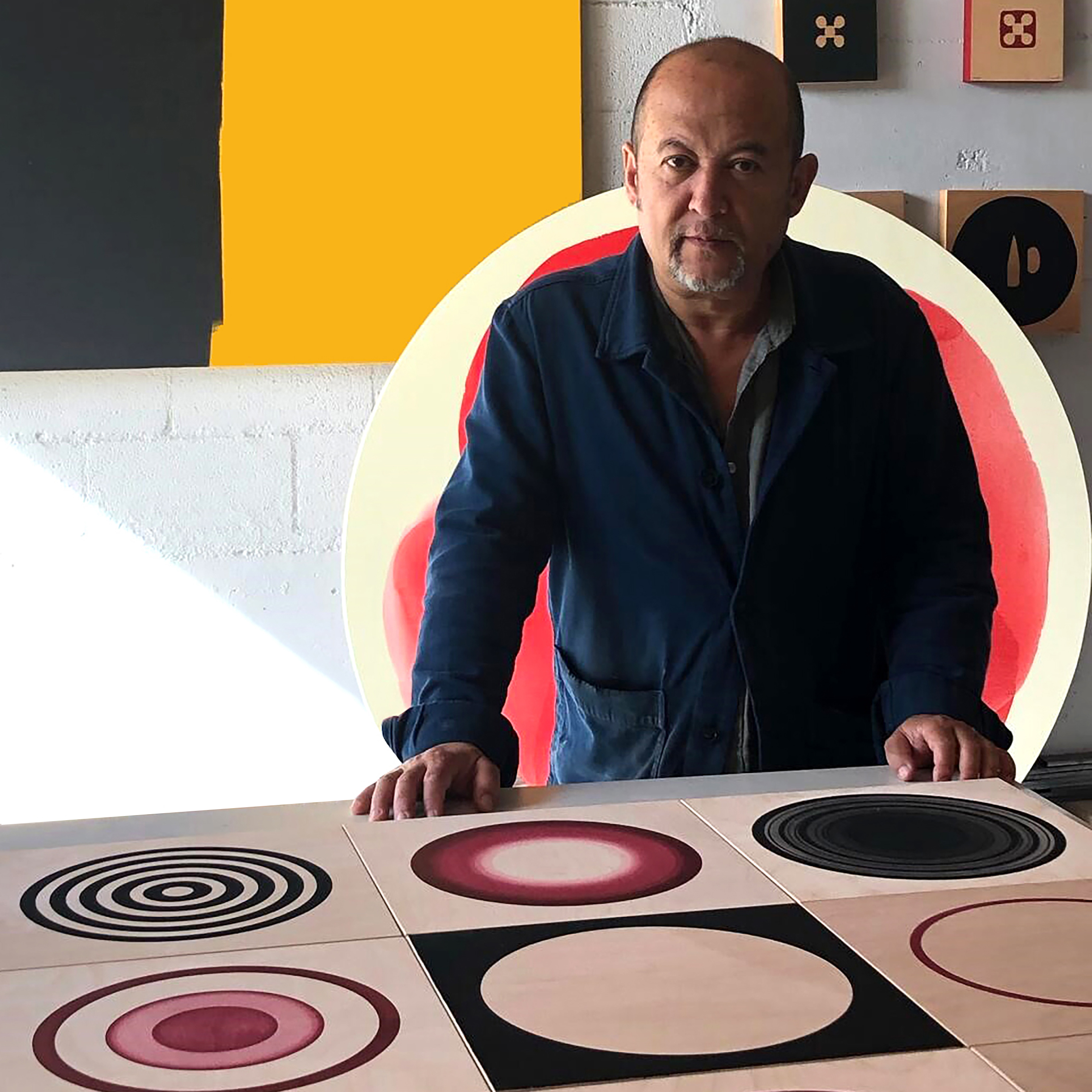

Isao Llorens Ishikawa, known artistically as ISAO, is a Catalan artist with a rich Japanese heritage. Born to ceramist Joan Gardy Artigas and Japanese artist Mako Ishikawa, and the grandson of renowned ceramist Josep Llorens Artigas (who collaborated with artists like Picasso and Miró), Isao carries forward a distinguished artistic legacy. His journey began with studies in Paris, followed bytime in Japan, where he refined his skills in calligraphy and paper, infusing his work with a unique aesthetic.His art spans painting, sculpture, illustration, and film, navigating the space between figuration and abstraction. Through vibrant colors, minimalist forms, and a kaleidoscopic approach, ISAO explores multiple perspectives of singular concepts. Themes of nature, life, and transformation feature prominently in his pieces, often inspired by animal motifs like birds and butterflies that evoke a dreamlike atmosphere. Now based in Barcelona, he directs the Fundació J. Llorens Artigas, an artists’center honoring his grandfather. He also contributes to the Barcelona art scene with exhibitions such as “Platsd’Artistes” at the Fondation Valmont, merging traditional and contemporary aesthetics throughinnovative ceramics and Noborigama kiln techniques, offering viewers a truly immersive experience.
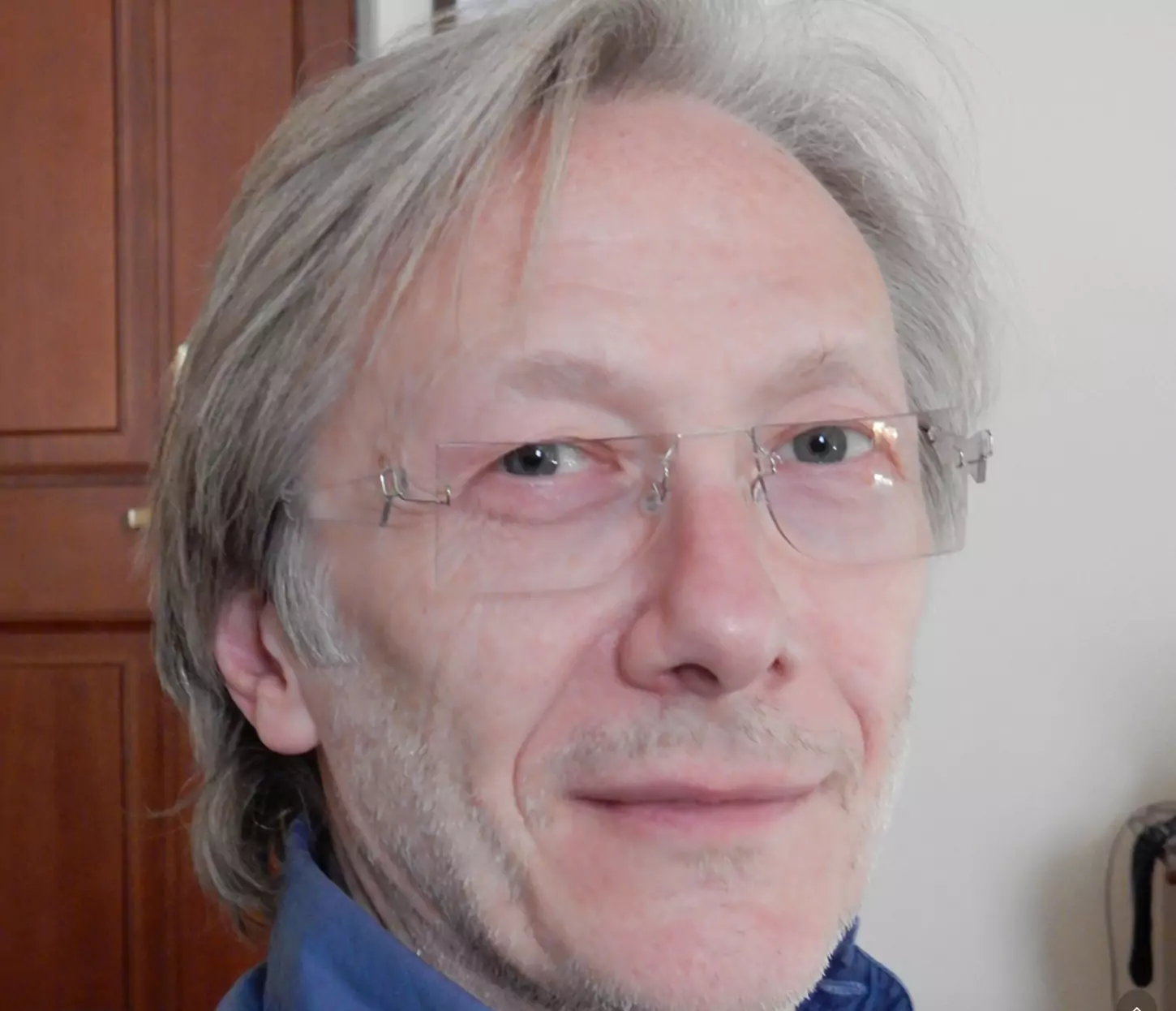

L'artista veneziano Silvano Rubino ha studiato presso l'Accademia di Belle Arti di Venezia. Il suo percorso come artista lo ha portato a lavorare in diverse discipline: pittura, scenografie, scultura, fotografia, installazioni e video. Combinando o separando questi vari linguaggi, il suo lavoro si basa sempre su un approccio concettuale. Le sue opere sono state celebrate in numerose esposizioni in tutto il mondo, da Venezia a New York, dall'Europa al Sud America. Nel 2018, ha ricevuto il premio Glass in Venice dall'Istituto Veneto di Scienze, Lettere e Arti, per il suo lavoro artistico con il vetro.
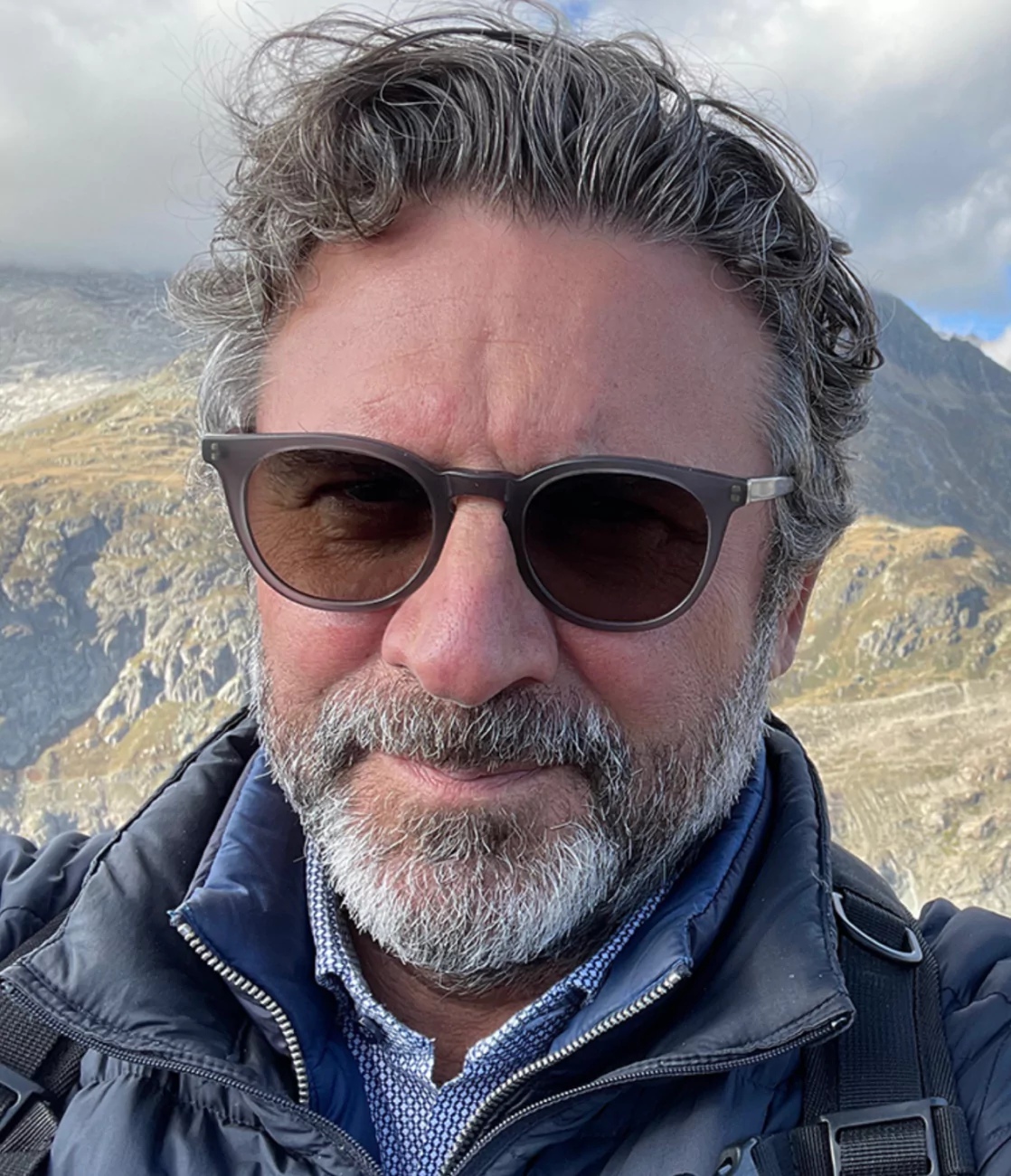

Carles Valverde è un artista catalano nato nel 1965, che vive in Svizzera da quasi 30 anni, dopo aver trascorso diversi anni sull’isola di Maiorca. Si è formato presso la Scuola di Arti Applicate Llotja di Barcellona e ha tratto ispirazione dalle opere di Eduardo Chillida, Richard Serra e Max Bill. Carles Valverde si considera principalmente uno scultore, ma la sua pratica artistica può includere anche la pittura.
He likes to combine the diversity of parts and the unity of the whole. From monumental pieces in metal to paintings, from drawings to installations: harmony must be found in everything. Minimal and linear forms characterize his universe to the fullest. Defined as a builder of space, the artist remains faithful to his style, described as austere, but also enjoys experimenting with materials and techniques. He offers animated and playful installations that provide an extension in space and time as well as static sculptures.In Switzerland, his creations can be found at EPFL, Bex & Arts, the Louis Moret Foundation, and in several galleries and private collections. He also participates in exhibitions in Spain, Poland and Germany and, since spring 2018, at the Château de Vullierens.
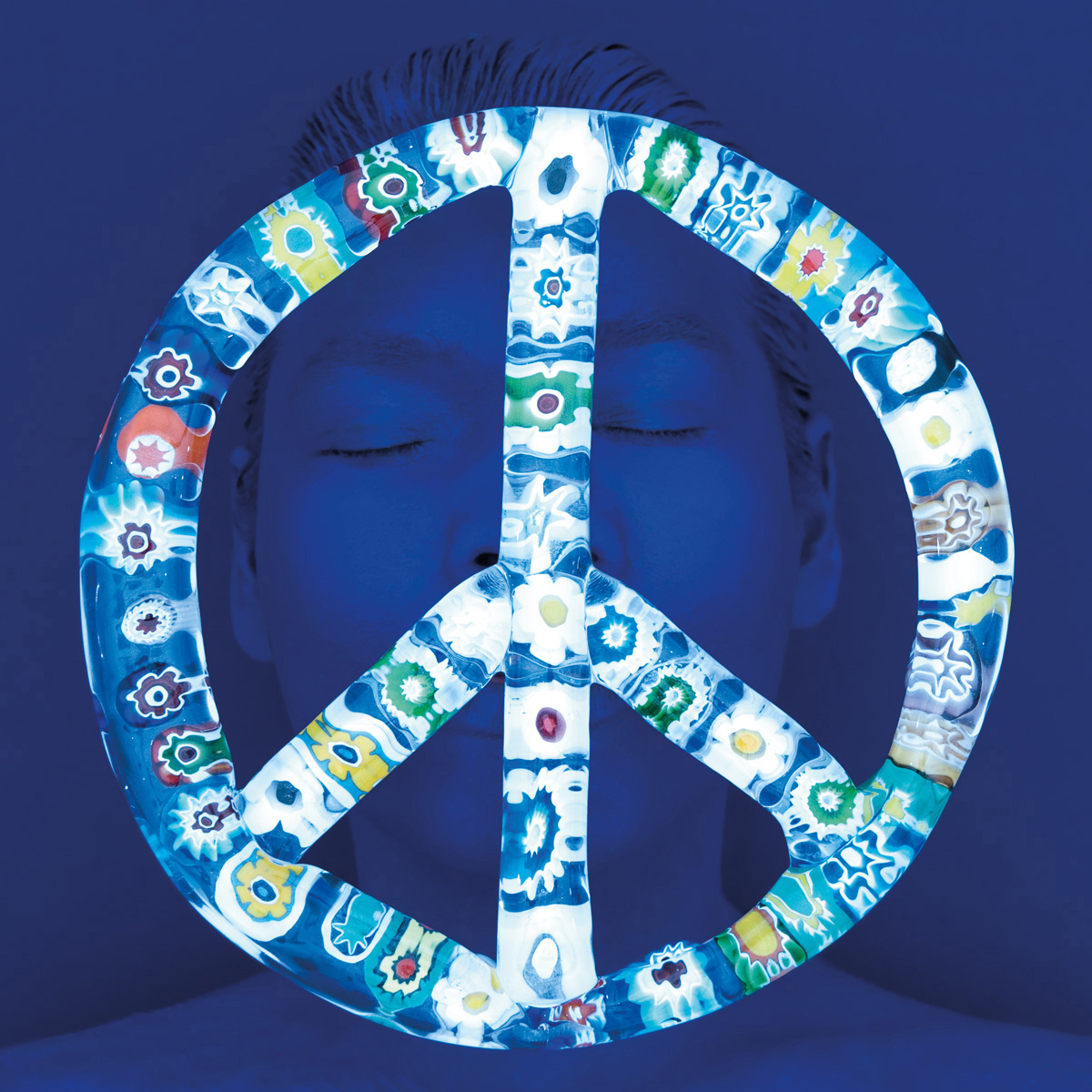

Kimiko Yoshida is a contemporary Japanese-Frenchartist celebrated for her distinctive monochromatic self-portraits and installations. Born in Tokyo in 1963, her work delves into identity, transformation, and cultural heritage, reflecting her experiences growing up in Japan. These self-portraits and installations are influenced by traditional Japanese aesthetics and informed by feminist and post-colonial perspectives. Initially, Yoshida pursued a career in fashion before relocating to France in the 1990s to study photography and fine arts. She gained international recognition for her large-scale self-portraits, often depicting herself in elaborate costumes that reference cultural and historical figures. Rather than offering straightforward self-representations, her portraits obscure her identity with veils or monochrome hues, challenging conventional views on identity and femininity. Drawing from diverse cultural icons and traditions, Yoshida reinterprets elements from Renaissance paintings to Japanese Noh theater through her minimalist lens. Her works have been displayed in galleries and museums worldwide and thematically explore gender, beauty, and the fluidity of personal and cultural identity. By merging Western and Eastern motifs, Yoshida’s art comments on the hybrid nature of modern identity and engages in the interplay between visibility and invisibility, presence and absence. Since 2001, Yoshida has maintained a strict protocol in her photography, creating self-portraits without digital alterations. Her recent work features collaborations with master artisans in Kyoto, where she uses the traditional lacquer technique called urushi-e. By applying gold powder and lacquer to her images, Yoshida merges classical Japanese craftsmanship with contemporary aesthetics. This collaboration has led to pieces that feature mythological symbols and iconic Japanese motifs, such as scenes from The Tale of Genji
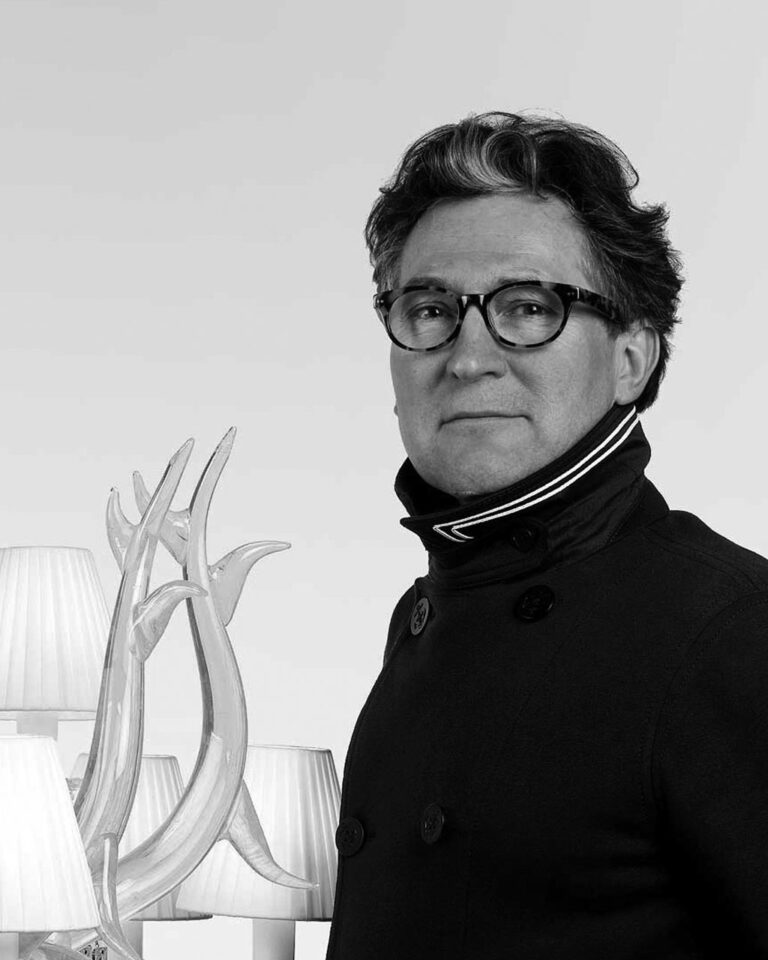

Aristide Najean è più di un artista del vetro, è un evocatore di luce e fuoco, uno scultore che soffia vita nel vetro fuso. Nato in Francia nel 1960, Najean ha trovato inizialmente la sua voce come pittore e scultore, ma è stata Venezia a risvegliare la sua fascinazione per il vetro. I canali della città e l’antica arte di Murano lo hanno sedotto, attirandolo nel cuore della lavorazione del vetro veneziano, dove ha fatto apprendistato presso maestri leggendari, apprendendo i loro segreti e trasformandoli in una propria poesia.
Le creazioni di Najean sono audaci e ultraterrene, accese di colore e vive di movimento. Ogni opera fluisce come l’acqua, arde come una fiamma o sboccia come un fiore delicato, catturando l’essenza degli elementi naturali in forme trasparenti ed eteree. Ispirate dalla mitologia, dalla fluidità del mondo naturale e dalla figura umana, le sue sculture sono allo stesso tempo radicate e trascendenti, custodendo una bellezza misteriosa che appare senza tempo e viva.
Le sue opere hanno abbellito gallerie da Parigi a New York fino a Venezia, incantando il pubblico con il suo approccio innovativo. Najean non si limita a modellare il vetro, lo fonde con materiali misti e danza con la luce e il colore, creando opere che sfidano la convenzione ed evocano pura emozione. Nel suo studio a Murano — una cattedrale di arte fusa — continua a spingere i confini del mestiere, creando lavori che oscillano tra realtà e sogno, alla continua ricerca di quella scintilla sfuggente del divino.
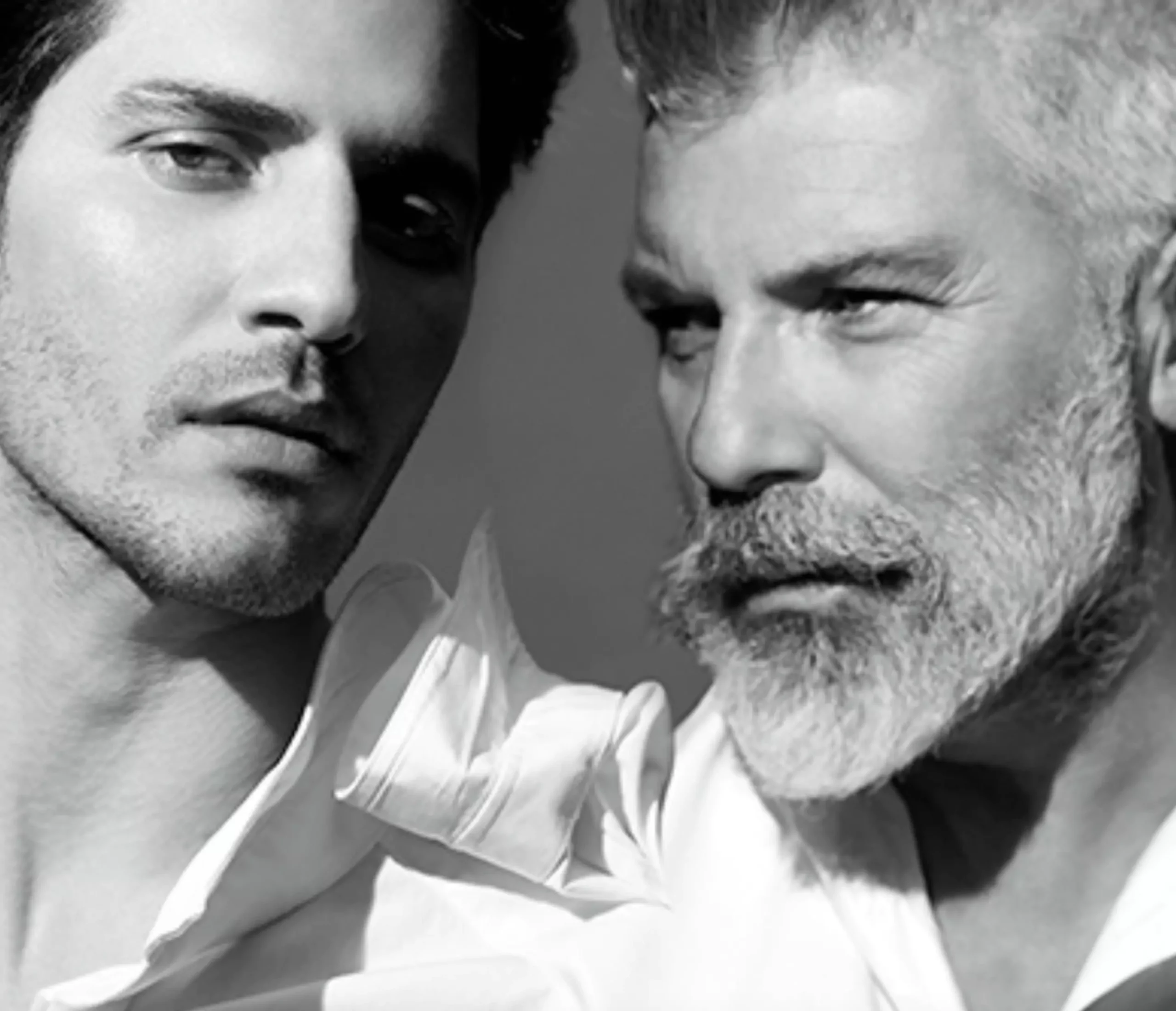

Voyage Within, 2019, was their very first exhibition as an artistic duo, Vangelis Kyris and Anatoli Georgiev have approached costume traditions from around the world in their own unique manner. When the National Historical Museum in Athens entrusted them with the authentic garments of its collection to celebrate the 200th anniversary of the Greek Revolution, the two artists realised their vision by creating a new visual world between photography and embroidery. In recent years their work has been supported by a series of state and private institutions, particularly by the George & Victoria Karelia Foundation, the Anastasios G. Leventis Foundation, the Embassy of Greece in Seoul, the Anthony E. Comninos Foundation, Fondation Valmont, the Embassy of Greece in Sofia, and the Marianna V. Vardinoyannis Foundation. The Museum of ancient Eleutherna in Crete, the Acropolis Museum and the Palazzo Bonvicini in Venice have hosted their exhibitions, while the National Bulgarian Ethnographic Museum in Sofia will host new exhibitions. The mixed media artworks of Kyris and Georgiev combine photography with embroidery to create something truly unique in the contemporary art world. Their portraits in the Acropolis Museum exhibition reference history, ethnography, fashion, and museum treasures. In addition to costume tradition, the artists also employ the theatrical expression of women and men who stand in front of Vangelis Kyris’ lens dressed in the authentic garments of past centuries. The portraits are then printed on 100% cotton canvas, where Anatoli Georgiev uses his needle to create subtle details using golden, silver, metal, silk, and cotton threads. Owing to textile art, embroidery now holds a special position among contemporary art forms, while in the portraits of Kyris and Georgiev, it dynamically converses with contemporary photography.
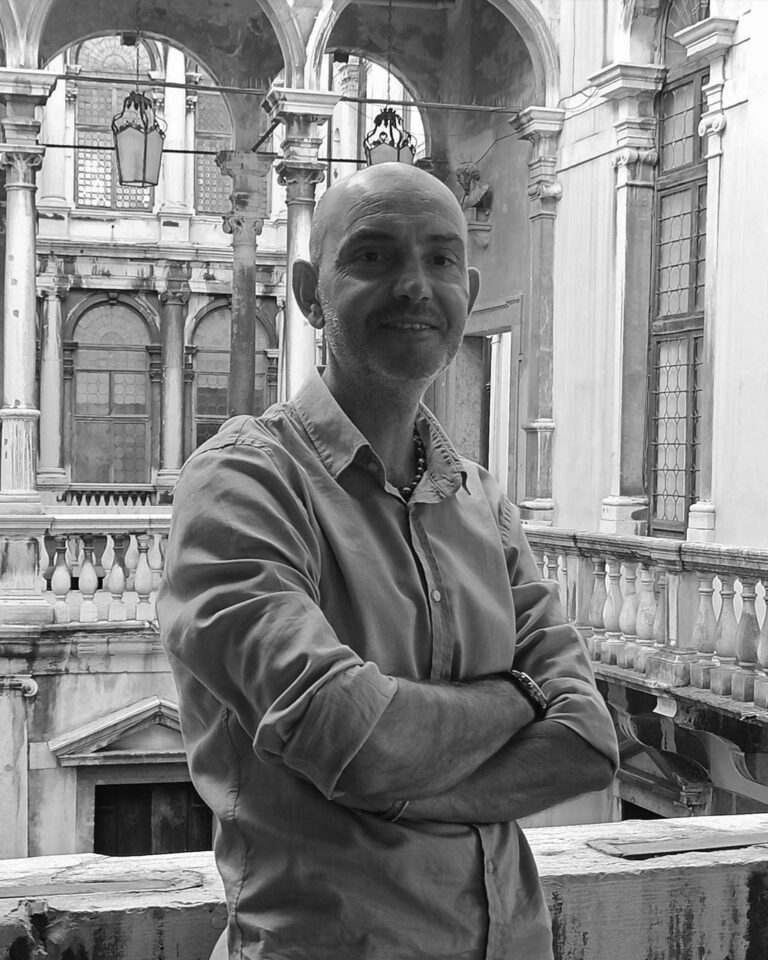

Leonardo Cimolin, born in the quiet town of Dolo in 1971, now shapes his art in the misty embrace of Mira, Venice—a place where the light dances on the lagoon’s waters and whispers secrets of glass. His journey began in the heart of Venice, apprenticed to master glassmakers. It was here that his hands learned the delicate, almost alchemical process of lampworking—shaping molten glass into fluid, ethereal forms with the precision of fire.
Il lavoro di Cimolin è un dialogo tra antico e moderno, dove il vetro fragile incontra le texture grezze del tessuto, del legno e del ferro. Cattura attimi fugaci di vita, rispecchiando la natura effimera della laguna veneziana. Le sue sculture, simili a meduse luccicanti sospese nell’immobilità, evocano la tensione tra fragilità e resilienza, riflettendo il battito di un mondo al tempo stesso familiare e sconosciuto.
Each piece tells a story, as delicate as the bubbles trapped within the glass—stories showcased in exhibitions from the Glasstress in Venice to the vibrant halls of SOFA Chicago and the Red Dot Fair in Miami. In “Fragility and Strength of Faith,” Cimolin’s glass and mixed media blend as if touched by the breath of Venice itself, embodying a dance between vulnerability and the timeless strength of the human spirit.
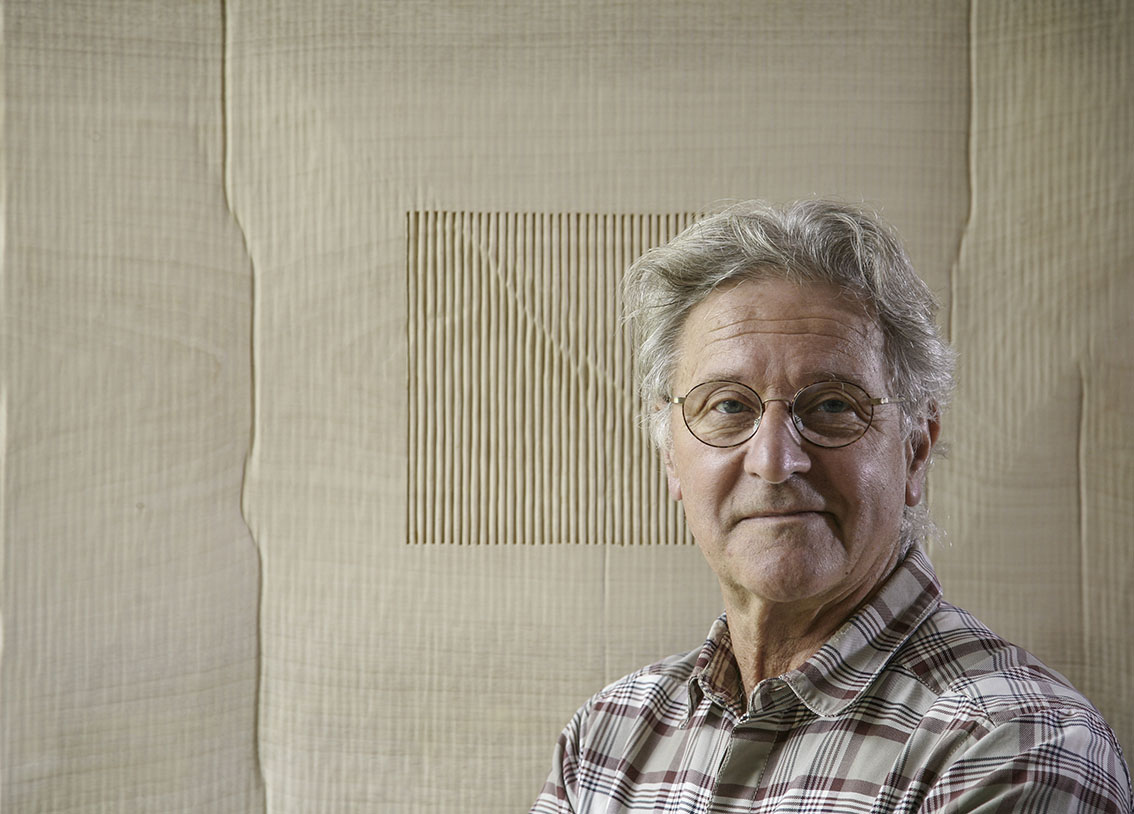

Christian Renonciat, scultore francese nato a Parigi nel 1947, è celebre per le sue sculture in legno dettagliate e innovative, che trasformano oggetti di uso quotidiano — come carta, tessuto e cartone — in rappresentazioni lignee incredibilmente realistiche. Dopo aver studiato filosofia alla Sorbona, si trasferì ad Antibes nel 1969 per perfezionare le sue abilità nella lavorazione del legno, dedicando sei anni all’apprendimento del mestiere prima di fondare il proprio laboratorio a Valbonne. La sua arte esplora l’intersezione tra realismo e astrazione, dando vita ai materiali attraverso una precisione scultorea straordinaria.
Renonciat’s works range from hyperrealistic pieces that mimic delicate materials to large-scale public installations across the globe. Since the 1980s, his sculptures have become even more monumental, with installations in cities like San Francisco, Seoul, and Paris. Renonciat’s creations often evoke “imaginary archaeology,” blending natural textures with artistic illusion. Besides his woodwork, he has also collaborated with luxury brand Hermès, where he designed a series of scarves that showcase his skill in material transformation
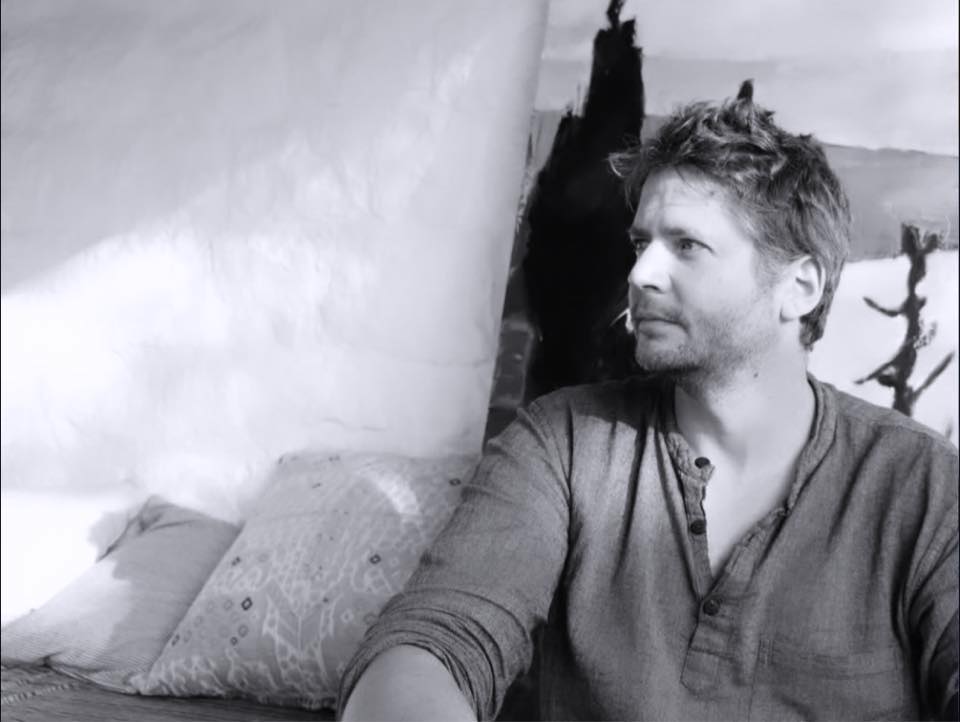

Tom Powell, artista nato in Francia con profondi legami con l’isola di Hydra, in Grecia, ha sviluppato un approccio distintivo alla pittura paesaggistica e figurativa da quando, nel 2008, ha scelto di fare dell’isola la sua casa. Nato nel 1987, Powell si è inizialmente formato come falegname presso Les Compagnons du Devoir et du Tour de France, una rinomata istituzione francese. Tuttavia, dopo essersi trasferito a Hydra — dove i suoi nonni, gli artisti Tony e Simonetta Powell, avevano vissuto e lavorato negli anni ’70 e ’80 — ha rivolto la sua attenzione alla pittura. Questo legame familiare ha reso Hydra un punto di riferimento personale e creativo per lui.
Powell’s work, primarily oil paintings, is inspired by Hydra’s unique light, architecture, and natural landscapes. Influenced by his mentors, prominent Greek artists Panayiotis Tetsis and Dimitris Gassoumis, Powell’s style merges abstract and figurative elements with vivid color dynamics that bring out the essence of Hydra’s scenery. His evocative use of light and texture captures the timeless beauty of Hydra’s rugged hills, tranquil waters, and everyday island life, bringing a sense of calm and depth to his compositions. Known for his impressionistic approach, Powell’s work has been exhibited widely, including solo shows at the Hydra Historical Archives Museum. His art resonates with viewers through its reflections on Greek culture and the Mediterranean ambiance, combining serenity with emotional richness.


Yves Lévêque, nato il 2 gennaio 1937 a Boulogne-Billancourt, in Francia, è un artista francese di grande rilievo. Autodidatta e ispirato dal mondo naturale, ha iniziato a dipingere nel 1962. Dopo essersi immerso nella filosofia e nella letteratura grazie all'amicizia con intellettuali come François Châtelet, Gilles Deleuze e Julien Green, Lévêque lasciò Parigi nel 1967 per condurre una vita più vicina alla natura. La sua arte riflette questo legame profondo, concentrandosi su temi legati alla terra, ai campi, agli uccelli e agli insetti. Il suo stile evoca un lirismo sommesso, fondendo trasparenze, texture e una rappresentazione contemplativa della natura.
Lévêque’s works have been displayed in prestigious venues, including Henriette Gomès’s gallery, Galerie du Dragon, and Galerie Guillaume, with exhibitions often introduced by notable cultural figures like Michel Tournier and Germain Viatte. His paintings capture the textures and subtleties of the landscape, using soft colors and essential graphics that reveal the beauty of nature in its most serene, almost mystical, forms. Through his art, Lévêque captures a “silent poetry,” presenting landscapes as evocative, almost nostalgic memories, bridging the real with the imaginary. His work is showcased by the Fondation Valmont at Casa Maxence, paying homage to his dreamlike, nature-inspired vision.
Diventando un abbonato, riceverai aggiornamenti su tutti gli straordinari progetti della Fondation Valmont, insieme a focus dedicati alle più interessanti mostre di arte contemporanea a Venezia e all’estero.